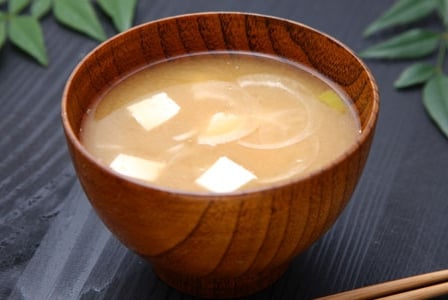
Glutamic acid salts can be manufactured and added to foods as a flavour enhancer. Its more common name as a food additive is MSG
You know that trance that comes over you when you can’t just eat one? That’s the magical power of umami, the fifth, younger, cooler taste.
Umami was discovered in the early 20th century by a chemistry professor, Kikunae Ikeda. He pondered the possibility of a fifth taste while sipping on dashi, a Japanese soup base containing seaweed. Unable to place its distinct taste into one of the known categories, sweet, salty, bitter, and sour, he posited that there was another taste, a savoury taste.
He confirmed his suspicions by breaking down the seaweed to reveal the chemical component of the taste: glutamic acid. This taste was named umami, a derivative of the Japanese word for delicious.
Glutamic acid salts can be manufactured and added to foods as a flavour enhancer. Its more common name as a food additive is MSG. And although MSG is derived from natural sources, such as molasses and tapioca, the additive has actually been linked to obesity and type 2 diabetes.
However, there are healthy ways of attaining that rich umami flavour. It occurs naturally in a variety of foods, including the following:
- seaweed
- sardines, tuna, and oysters
- mushrooms
- aged and cured meats such as bacon
- tomatoes
- miso and other soy products
- sweet potatoes
- green tea
- Parmesan cheese







